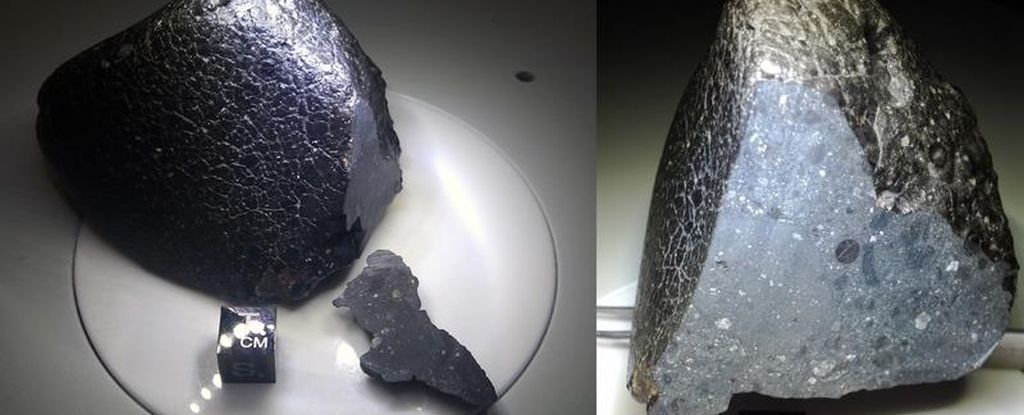ARTICLE AD
World governments aren’t exactly forthcoming about where they’re stashing all their nukes. You want people to know you’ve got them, but not necessarily where they’re located. You would not want to, say, reveal that you’d removed nukes from a ship in an Instagram post about Yoga.
India has revealed the movement of its nuclear weapons in an Instagram post about yoga. In an article titled “Hot-Launch Yoga: Cobra Pose Reveals Nuke Repose,” the Federation of American Scientists (FAS) detailed how it figured out the movement of India’s nukes using social media.
The FAS is a U.S.-based non-profit that, among other things, tracks the world’s nuclear arsenal. Governments and militaries are cagey about their nukes and FAS’s researchers use a variety of methods to figure out how many world-ending weapons everyone has and where they’ve stored or deployed them.
“I think this probably takes the cake for the most unexpected source that I’ve come across for nuclear weapons-related information,” Matt Korda, the Associate Director of the Nuclear Information Project at FAS, told Gizmodo. “Instagram and other social media networks are certainly great places to look for clues if you know what to look for, but finding nuclear weapons information in yoga pictures was a bit of a surprise.”
At just 172 nukes, India is a bit player in terms of the size of its nuclear stockpile. Russia and the U.S. have more than 5,000 each. Like other nuclear powers, India maintains a triad. It has air-launched nukes, land-based nukes, and sea-based nukes.
The submarine is an ideal place for a sea nuke because it’s stealthy. But India didn’t launch its first nuclear-armed submarine until 2016. Before then it kept its sea-launched nuclear weapons aboard two Sukanya-class patrol vessels, the INS Suvarana, and INS Subhadra.
The missiles on the Sukanyas were an older design. They could only go a short range and needed to be fueled immediately before launch. For those reasons, experts always assumed India would eventually ditch these ship-nukes for sub-nukes. They just weren’t sure when it would happen.
India has seven Sukanyas but only INS Suvarana and INS Subhadra are outfitted with the speciality equipment needed to deploy nuclear weapons. Going through satellite imagery, Korda noticed that the stabilizers required to fire the nukes seemed to be missing from the decks of the ships.
But he wasn’t quite sure if the ships he was seeing were INS Suvarana and Subhadra. There were five other candidates that had never been equipped with nukes and it’s hard to tell a specific ship of the same type from satellite imagery.
It dawned on Korda that these ships aren’t nearly as secretive as submarines. “They have lots of missions beyond nuclear, including policing and coastal defense,” he said. “That means that they’re usually sailing into areas where people might be taking pictures of them. With that hunch, I spent a few hours doing some keyword searching on social media for the specific vessels I was looking for, to try and see if anyone had caught any pictures. And that’s when the yoga pictures popped up.”
The first yoga post was of the deck of the INS Suvarana, posted on October 2022 by PBS India. The second was from the deck of the INS Subhadra in February 2024. The stabilizers were absent in both photos. Meaning that India had moved its nukes.
India does a lot of yoga diplomacy. The practice is one of the country’s most well-known exports and, as a consequence, the government and military take a lot of pictures of people doing yoga for social media posts. Including on the deck of a ship that once housed nuclear weapons.
In multiple posts from the past two years, Korda found that the two Sukanyas had been the location of various yoga posts. And in those posts they were missing their nuclear arms. “The Indian Navy must certainly get something of value out of its yoga-related diplomacy initiative since it does these practices quite regularly,” he said. “Perhaps a bit of military signaling, perhaps a bit of cultural diplomacy, perhaps something else entirely. But whenever a country deploys a nuclear capability that’s highly-visible, eventually getting rid of it is bound to be noticed by somebody. And sometimes that can tell us something valuable.”
“You can usually learn things about military systems by watching them do military things—sailing around on exercises, conducting weapons tests, that sort of thing,” Korda said. “It’s much more unusual to learn things about military systems—especially nuclear systems—in non-military settings. That’s what makes this case unique.”

 3 months ago
26
3 months ago
26 

